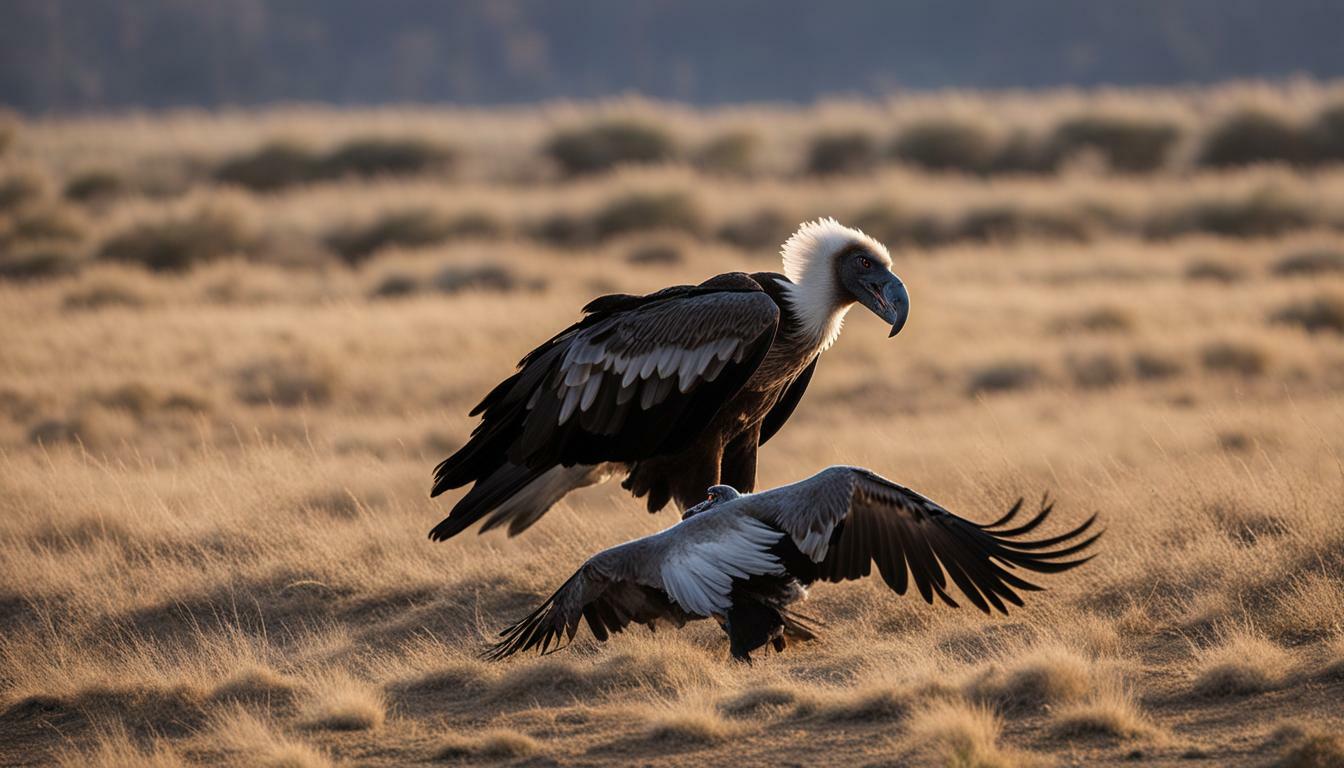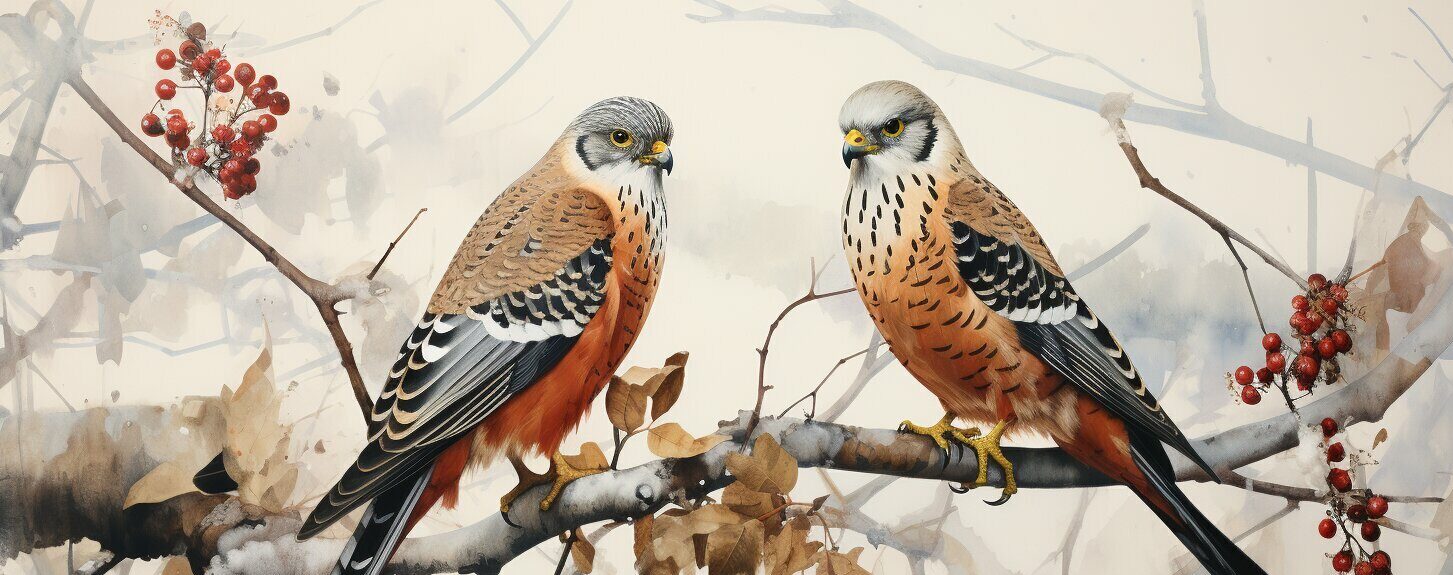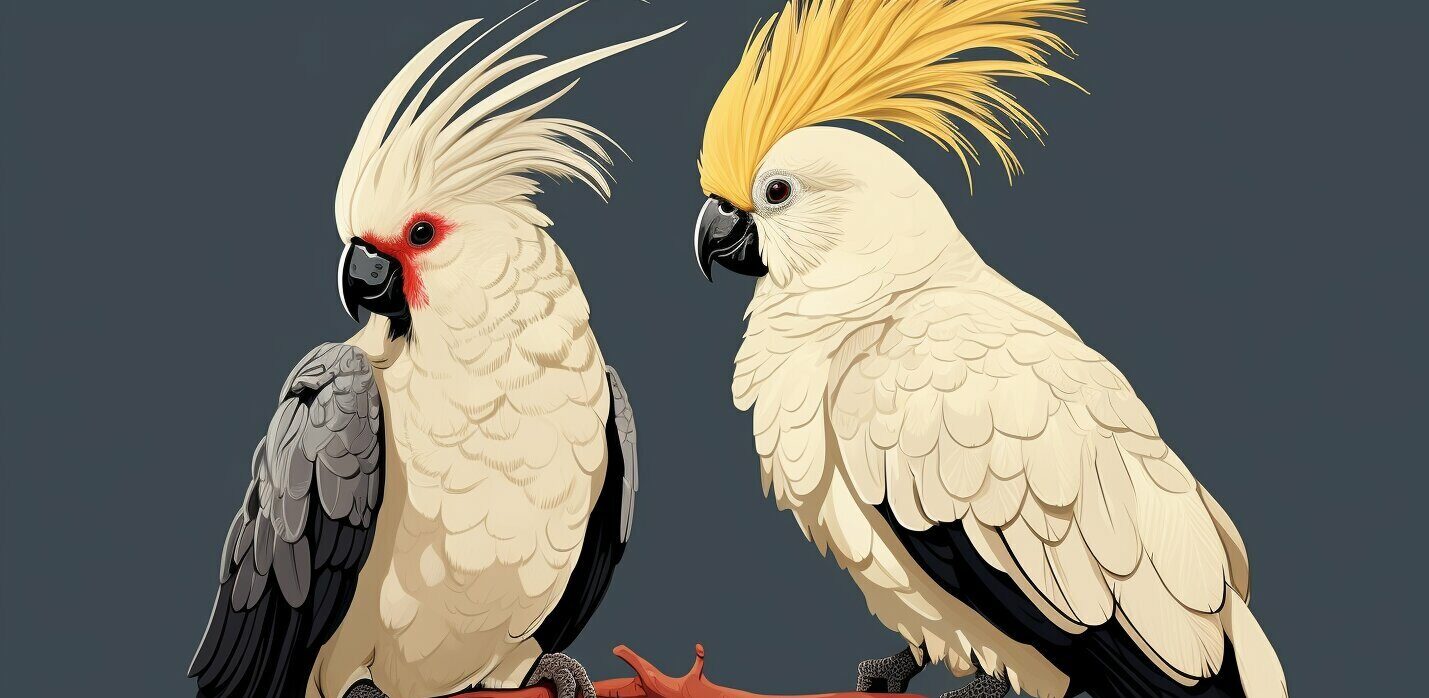Welcome to our article about vultures and condors, two fascinating birds with unique feeding styles. In this article, we will explore the difference between vultures and condors, focusing on their feeding habits. These birds have been the subject of study and fascination for decades due to their remarkable ability to locate and consume their prey.
Key Takeaways
- Vultures and condors are both birds with distinct feeding styles.
- The feeding style of vultures involves scavenging for food, while condors use a combination of hunting and scavenging techniques.
- Vultures and condors have developed specific adaptations to help them find and consume their food in different environments.
Understanding Vulture Behavior
Vultures are fascinating birds that are known for their scavenging behavior. Scavengers are animals that feed on dead animals, and vultures are a prime example of this. They are often mistakenly thought of as predators, but vultures are not hunters. Instead, they play an important role in cleaning up the environment by consuming carcasses.
There are over 20 species of vultures, each with unique traits and abilities that make them efficient at finding food. Vultures have excellent eyesight, which allows them to spot carcasses from great distances. They also have a keen sense of smell, which helps them locate food when it is hidden. Some vulture species are even able to detect gases emitted by decaying flesh.
Vultures have a diverse diet that includes a wide variety of carrion, including mammals, birds, and reptiles. Some species of vultures are known for their particular preferences. For example, the palm-nut vulture feeds primarily on palm fruit and occasionally small animals, while the bearded vulture feeds almost exclusively on bones.
Another important trait of vultures is their ability to consume large amounts of food quickly. This is due to their unique digestive system, which allows them to break down meat and bone that many other animals cannot digest. Vultures are also able to go for long periods without food, which allows them to survive in harsh environments where food is scarce.
In summary, vultures are scavengers that play an important role in cleaning up the environment. They have unique traits and abilities that make them efficient at finding food, including excellent eyesight, a keen sense of smell, and a diverse diet. Their ability to consume large amounts of food quickly and go for long periods without food make them well-suited for surviving in challenging environments.
Examining Condor Feeding Habits
Condors, like vultures, are opportunistic feeders that play a crucial role in their ecosystems. However, while vultures are primarily scavengers that feed on carrion, condors use both scavenging and hunting techniques to obtain their prey.
As scavengers, condors locate their food by following the scent of decaying flesh. However, they also have exceptional eyesight, which allows them to spot a potential meal from a great distance. This ability makes them efficient hunters that can take down live prey, including small mammals or reptiles. Unlike vultures, who rely on their beaks to rip apart carrion, condors use their sharp talons to grab onto their prey.
Condors’ feeding adaptations help them successfully obtain food as both predators and scavengers. Their strong digestive system allows them to consume large amounts of meat, often in one sitting, and their keen sense of smell helps them locate carrion from miles away. Additionally, condors have a unique feeding behavior called “tidying up.” This involves using their beaks to clean the bones of carrion, ensuring that no nutrients go to waste.
While both condors and vultures are scavengers, condors’ ability to hunt live prey sets them apart as predators as well. This hunting technique is necessary for their survival, especially since large carcasses can be scarce in their environment.
Vultures vs Condors: The Key Differences
While both vultures and condors are scavengers, there are distinct differences in their feeding styles. Vultures are known for their ability to locate carrion by soaring high in the sky and using their keen sense of smell to detect decaying flesh. Once they have found their meal, they use their powerful beaks to tear through tough hides and feathers, consuming both meat and bones.
Condors, on the other hand, are more adept at hunting live prey, such as rabbits and small rodents. They use their sharp eyesight and broad wingspan to fly low to the ground and spot their target. Once they have located their prey, they swoop down and use their powerful talons to grasp and kill it.
Another key difference between vultures and condors is their physical size. Vultures tend to be smaller and more agile, making them better suited to maneuvering through dense forests and urban areas. Condors, on the other hand, have a larger wingspan and are more adapted to open spaces, making them well-suited to soaring over mountain ranges and deserts.
In summary, while vultures and condors share similarities as scavengers, their unique characteristics and adaptations contribute to their distinct approaches to finding food in the wild.
Adapting to Different Environments
Vultures and condors are highly adaptable in their feeding style, which allows them to survive in various environments. They have developed unique feeding adaptations that enable them to thrive in their respective habitats.
For instance, some vulture species have long necks and flexible heads that allow them to reach deep inside carcasses, while others have sharp beaks that can tear through tough hides. Some vultures also have keen eyesight that helps them locate food from high up in the sky.
Condors, on the other hand, have specialized adaptations that enable them to hunt, as well as scavenge. They have sharp talons for grasping prey, and powerful wings that allow them to soar for hours, covering vast distances in search of food. Additionally, some condors have a keen sense of smell that helps them locate carcasses from far away.
Both vultures and condors have adapted their feeding styles to suit their respective environments. For instance, the Andean condors in South America frequent high-altitude mountain areas, where they scavenge on the remains of large mammals. Meanwhile, the Rüppell’s vulture in Africa can go without drinking water for days, thanks to its highly efficient digestive system that extracts moisture from the food it consumes.
Overall, vultures and condors are remarkable birds with fascinating feeding styles and unique adaptations. Their ability to adapt their feeding habits to suit different environments is an essential aspect of their survival in the wild.
Conclusion
After exploring the feeding habits of vultures and condors, it is clear that these birds have distinct approaches to finding food in the wild. While vultures are efficient scavengers, using their keen sense of smell to locate carrion, condors are skilled hunters, employing various techniques to capture live prey.
The key differences in their feeding styles can primarily be attributed to their behavior, hunting techniques, and adaptations. Vultures are known for their ability to locate food from great distances, with some species able to fly for hours without flapping their wings. In contrast, condors use their large size and strength to overpower their prey and have even been known to work together to take down larger animals.
 Skip to main content
Skip to main content


